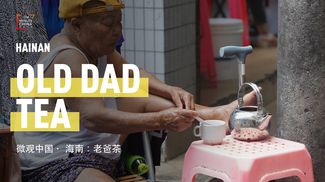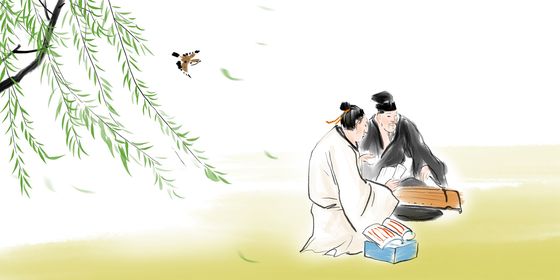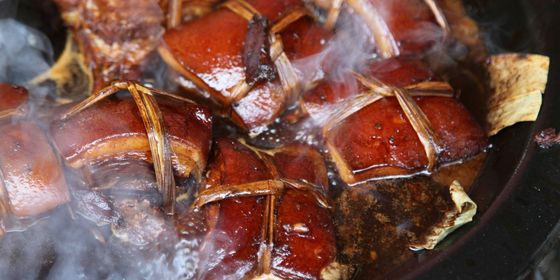From soap made from ground jade to extravagant public bathhouses, learn the ingenious methods ancient Chinese used to stay clean
A hot shower is a common comfort in all but the poorest parts of China these days, but in ancient times, before modern drainage systems and household boilers, things were not so convenient.
The nobility may have had the “luxury” of being able to bathe once a week in their own homes, while some common folk could access vast public bathhouses that became prevalent in the Song dynasty (960 – 1279). But while private bathing among the masses is a relatively modern phenomenon (in the 20th century Mao Zedong is said to have rarely bathed, for example), possible only after indoor plumbing became prevalent in the late 1990s, Chinese dynasties of the past developed their own bathing cultures.
William Feetham, an English stove maker, invented the earliest mechanized shower in 1767, but bathing culture in China can be traced back over 3,000 years to the Shang dynasty (1600 – 1046 BCE). Oracle bone inscriptions containing the characters 沐 (mù, washing hair) and 浴 (yù, washing the body) suggest that even then people paid attention to personal hygiene.
The Rites of Zhou (《周礼》), a work on Zhou dynasty (1046 – 256 BCE) politics and culture mainly compiled during the Spring and Autumn Period (770 – 476 BCE), recorded that “There were bathrooms in the emperor’s bedroom.” In 2017, archeologists in Xi’an, Shaanxi province, excavated three royal bathrooms decorated with ceramic floor and wall tiles, and featuring drainage holes and sewage pipes. Experts date the bathrooms to the Warring States period (475– 221 BCE), and believe they belonged to the palace of the Qin state.
In the Zhou dynasty, bathing was not just for personal hygiene, but also regarded as a social ritual. According to the Book of Rites (《礼记》), a collection of texts mainly published in the Han dynasty (206 – 220 CE) on society and politics of the Zhou era, a filial person should boil hot water for their parents to take a bath with every five days, and help their parents to wash their hair every three days. When visiting another household, it was considered good manners to take a bath provided by the host before enjoying the meal.
In the Han dynasty, bathing became even more important. The government even offered holidays to officials so that they could wash. The historical text The Rites of the Han Court (《汉宫仪》) states: “Every five days, a day off is offered for taking a bath, also known as a ‘bathing holiday.’” This custom remained in later dynasties: In the Tang dynasty (618 – 907), the “bathing holiday” took place once every ten working days.
During the later years of the Han dynasty, an ancient version of shower gel emerged. Known as “bath bean (澡豆),” it was a powdery soap was made from ground beans or peas mixed with spices such as cloves, eaglewood, various flowers, and even powdered jade. Bath bean was a luxury that became fashionable among the upper classes during the Northern and Southern Dynasties (420 – 589) both for cleaning and supposedly to nourish the skin.














